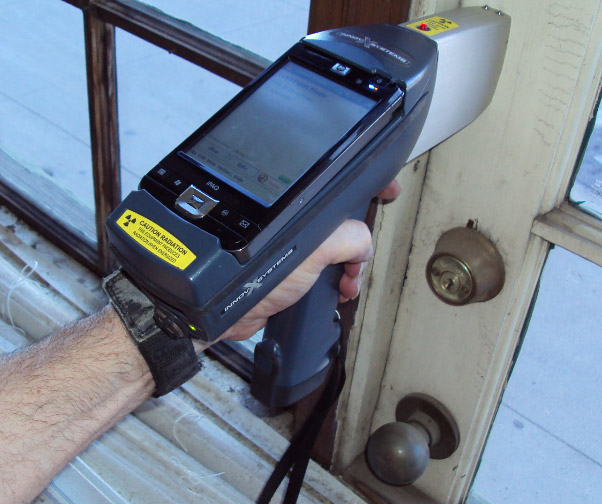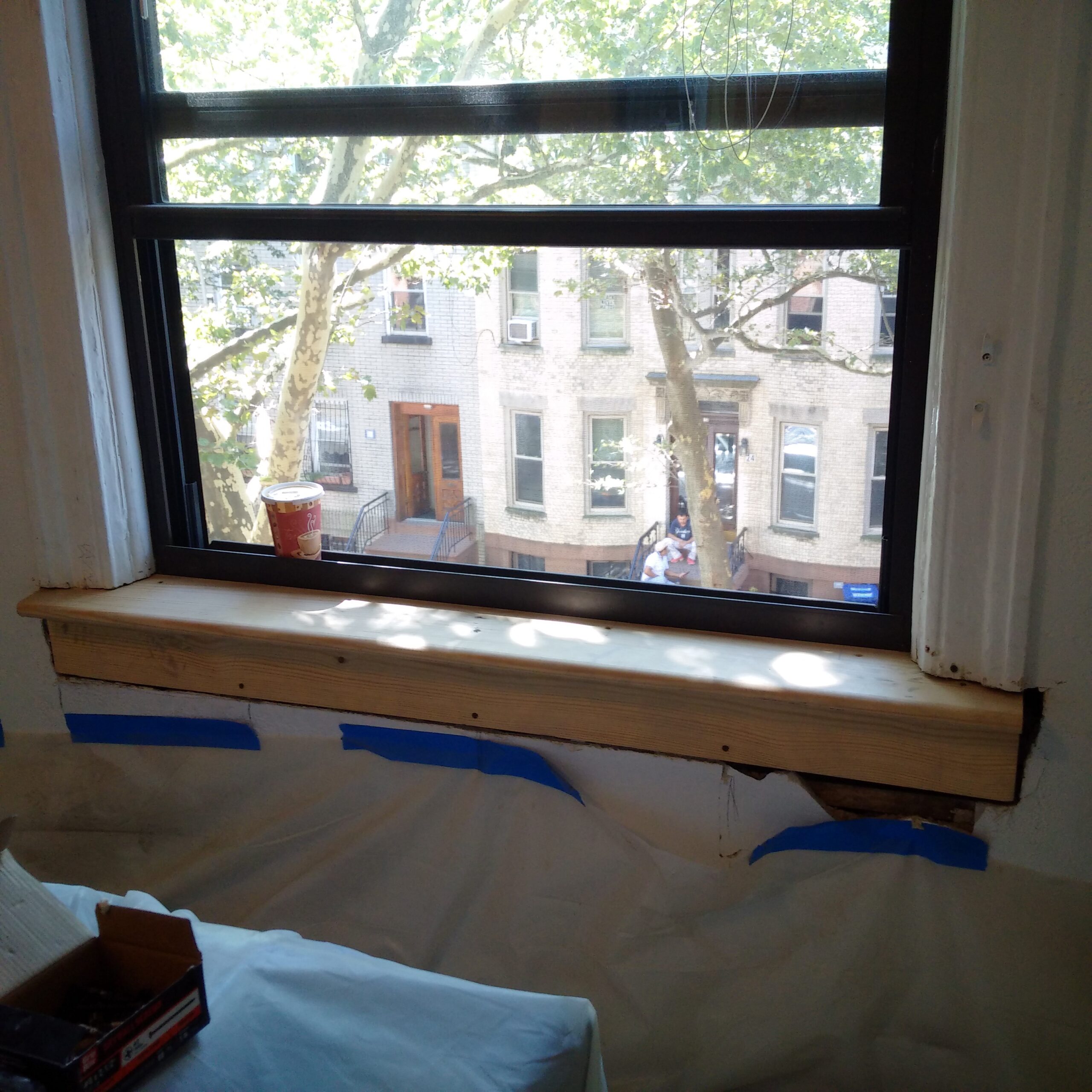DOH & HPD Lead Violation Removal NYC-- Expert Providers for Conformity
DOH & HPD Lead Violation Removal NYC-- Expert Providers for Conformity
Blog Article
Step-by-Step Process for Successful Lead Infraction Remediation
Following this, adherence to federal and state regulations is extremely important to creating a reliable remediation strategy. The actual removal needs skilled personnel to implement these strategies while strictly complying with safety methods. What takes place after the remediation is completed?

Detection and Analysis
Detection and analysis are vital action in the removal of lead offenses. To ensure an efficient removal procedure, it is important to carry out a complete assessment of the environment where possible lead exposure exists. The preliminary stage of detection includes identifying resources of lead contamination, which can be located in paint, water pipelines, dirt, and dust. Making use of innovative analysis tools such as X-ray fluorescence (XRF) analyzers and atomic absorption spectroscopy (AAS) can give specific dimensions of lead concentrations.
Once discovery is completed, a detailed assessment has to be undertaken. This includes assessing the level and extent of contamination, in addition to recognizing populations in danger, specifically youngsters and pregnant women. Risk assessments commonly include tasting and lab evaluation, environmental studies, and health and wellness effect researches. The gathered data must be carefully documented to support the growth of an effective removal technique (Lead Violation Removal in NYC).
In addition, it is imperative to prioritize areas with the highest degree of contamination and those that present the best health and wellness threats. Reliable interaction with stakeholders, including residential or commercial property proprietors, locals, and public health authorities, is critical for making certain that all parties are notified regarding the findings and the subsequent steps required for remediation. This first discovery and assessment stage prepares for an effective lead infraction remediation procedure.

Legal and Governing Conformity
Browsing the landscape of legal and regulatory compliance is a crucial facet of successful lead infraction remediation. Conformity makes sure not just the safety of damaged populaces however also the trustworthiness and lawful standing of the company accountable for removal.
State and neighborhood laws can differ, typically imposing additional responsibilities or more rigorous standards. A thorough understanding of all pertinent legal frameworks is important. This entails careful documents of all removal tasks to demonstrate conformity. Failing to comply with these laws can result in severe penalties, including significant penalties, legal activity, and reputational damage.
Involving legal professionals specialized in ecological legislation can facilitate browsing these complexities. Normal training and certification for all employees associated with the removal process are additionally mandatory to make certain adherence to safety and security and governing standards. By prioritizing legal and governing conformity, companies can properly alleviate risks and achieve an effective removal result.
Planning the Removal
Efficiently preparing the remediation of lead violations begins with a complete assessment of the contaminated website. This data-driven technique makes sure that removal efforts are suitably targeted and efficient.
Once the contamination is mapped, a threat analysis must be performed to assess possible health and wellness risks to humans and the environment. Lead Violation Removal in NYC. This assessment should consider factors such as exposure paths, population susceptability, and ecological impacts. The understandings collected will create the basis for choosing an ideal remediation directory approach
Ultimately, setting clear, possible objectives for the removal job is vital. These goals ought to line up read this post here with regulatory standards and stakeholder expectations to make sure compliance and community approval. Developing a detailed removal plan that outlines approaches, timelines, and resource allotment will promote an organized strategy to the cleanup procedure.
In addition, it is necessary to engage with stakeholders early and keep clear communication throughout the planning stage. This includes educating regional neighborhoods, getting essential permits, and collaborating with regulative agencies to make sure all legal and step-by-step requirements are satisfied. A well-crafted removal strategy not only resolves the contamination efficiently however likewise builds depend on and collaboration among all events entailed.
Implementing the Remediation
With a well-structured removal plan in position, the emphasis moves to the real execution of the remediation activities. This phase includes setting in motion the required resources, consisting of proficient workers, specialized tools, and high-quality materials. Begin by plainly delineating duties and responsibilities to ensure liability and smooth coordination among team members.
The initial step in implementation is to protect the site. This includes establishing up control locations to prevent lead dust and debris from spreading, along with employing air filtration systems to preserve air top quality. Next off, wage the removal of lead-based materials. Utilize methods such as damp scuffing, chemical stripping, or encapsulation, depending on the intensity and place of the contamination. It is necessary to comply with safety and security protocols, consisting of using personal protective devices (PPE) and proper disposal of unsafe products.
Throughout the removal process, conduct regular inspections and air high quality checking to guarantee conformity with governing criteria. Reliable interaction with stakeholders, including building proprietors and passengers, is vital to maintain them notified of development and any unforeseen developments. By meticulously following these steps, the removal tasks can be implemented effectively and effectively, eventually mitigating lead threats.
Post-Remediation Strategies
Post-remediation techniques play click for more an essential duty in making sure the lasting success of lead violation remediation initiatives. These methods include recurring surveillance, upkeep, and neighborhood education and learning to stop future lead direct exposure and make sure a safe atmosphere.
First, normal monitoring is important. This involves periodic testing of the previously affected areas to make certain that lead levels stay within safe restrictions. Building proprietors should develop a schedule for these tests, preferably in partnership with licensed environmental professionals.

Third, informing the area plays an essential role in sustaining the advantages of remediation. Citizens and property supervisors need to be educated about the threats of lead exposure and the most effective techniques for maintaining a lead-safe environment. Workshops, informational handouts, and area meetings can be effective tools for distributing this info.
Conclusion
Successful lead infraction removal needs a thorough, methodical technique including discovery and evaluation of contamination, adherence to legal and regulative criteria, thorough preparation, and efficient implementation of removal initiatives. This methodical procedure highlights the importance of thoroughness and watchfulness in attending to and minimizing lead contamination.
Report this page